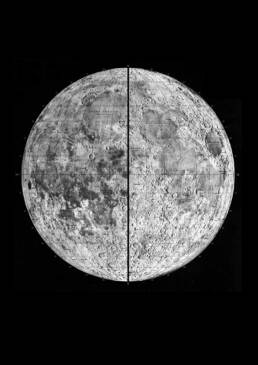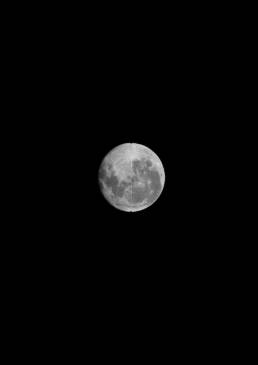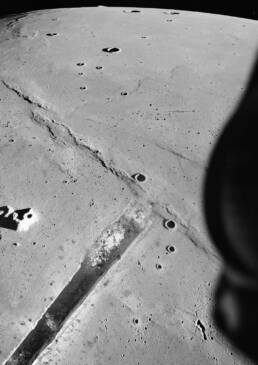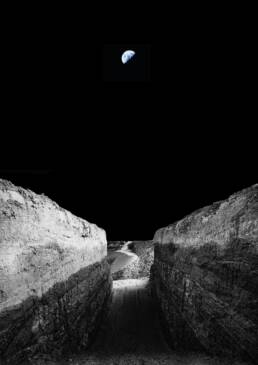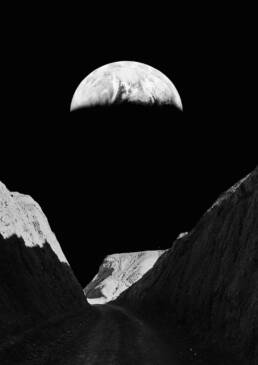Raya is pure design-fiction. It’s a speculative scenario that aims at investigating and critiquing a possible future where the moon would become a New World to be explored, measured and conquered.
Moon missions have always represented both a technological and a political challenge between opposing terrestrial nations. In this sense, it is very likely that the moon will soon become the agonistic arena of the conflict between hegemonic powers that will impose their dominium over its mineral and logistic reserves.
The struggle over lunar land appropriation will begin immediately after the market will prove its economical convenience. The division and distribution of our satellite surface will increasingly become a terrestrial concern, mobilising private citizens, corporations and nation states.
Lines will be drawn to divide and distribute its whole surface.
What if the moon would turn from being a free world into a colony, a protectorate, a battlefield? What if two political superpowers agreed in recognising the juridical value of a division line, splitting the lunar surface into two perfect halves? This scenario directly refers to the 1493 Treaty of Tordesillas established by Pope Alexander VI, who drew an imaginary line — in Spanish raya — in the middle of the Atlantic Ocean dividing the unexplored world into two parts. All lands east of that line were claimed by Portugal. All lands west of that line were claimed by Spain.
This provocative imagery aims to suggest that the first man-made modification of the moon land will be a limit, a frontier, a raya defining a radical relation between space and a global political order. Each superpower will cooperate in excavating a monumental canyon in correspondance with the first meridian, by defining an impassable limit. In the collective imagination the line will inexorably divide the moon into a good and a bad part. Despite its simplicity the Raya will create myths, legends, wars. On clear nights its terrifying beauty will be visible from Earth, suggesting both pride and an unspeakable sense of loss.
Marcello Tavone
Co-founder of ON CITIES, a Paris-based architecture office offering consulting to private and public bodies concerned with the common good.
On Instagram: @oncities

